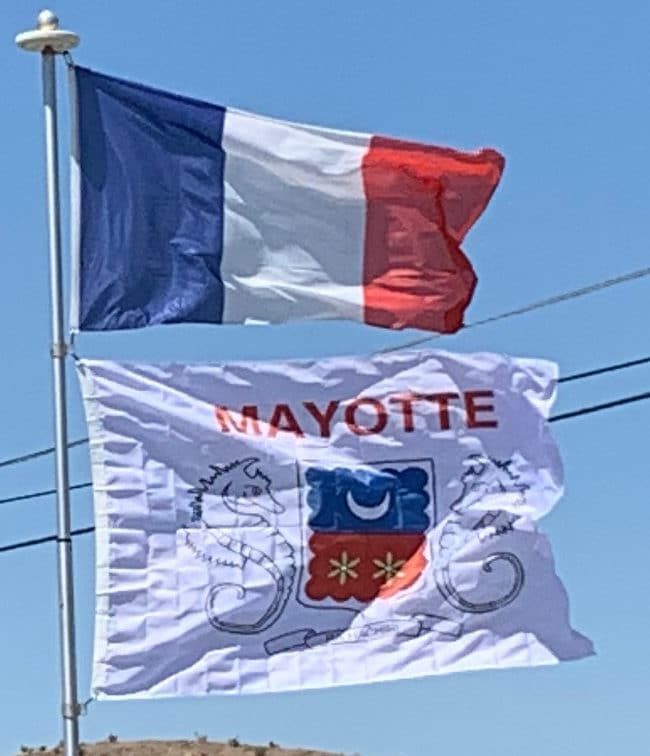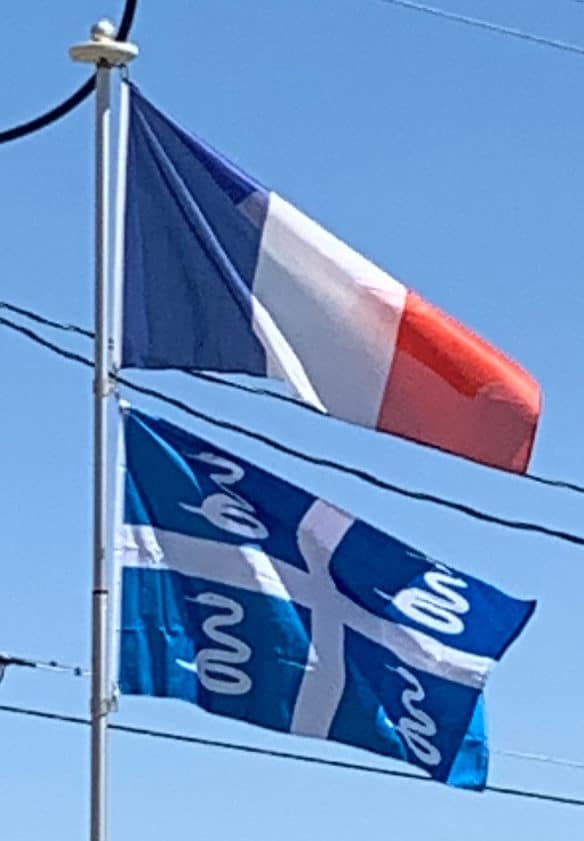Senegal
Much symbolism and many connotations are beholden to the stripes and singular star of the Senegalese flag. From a national perspective, green is highly symbolic within all of the country’s primary religions. In Islam, the country’s majority religion at 94% percent of the population, the green of both the first stripe and the star represent the colour of the Prophet, Christians see the presence of green as a portent of hope, and Animists view green as representative of fecundity.
The Senegalese government offers exegesis for the presence of yellow and red as well, yellow being “the symbol of wealth; it represents the product of work, for a nation whose main priority is the progress of economy, which will allow the increase of the cultural level, the second national priority.” Additionally, yellow is denoted as “the colour of arts, literature, and intellect”, primarily because literature teachers in Senegal are known to wear yellow blouses. Red “recalls the colour of blood, therefore colour of life and the sacrifice accepted by the nation, and also of the strong determination to fight against underdevelopment.”









